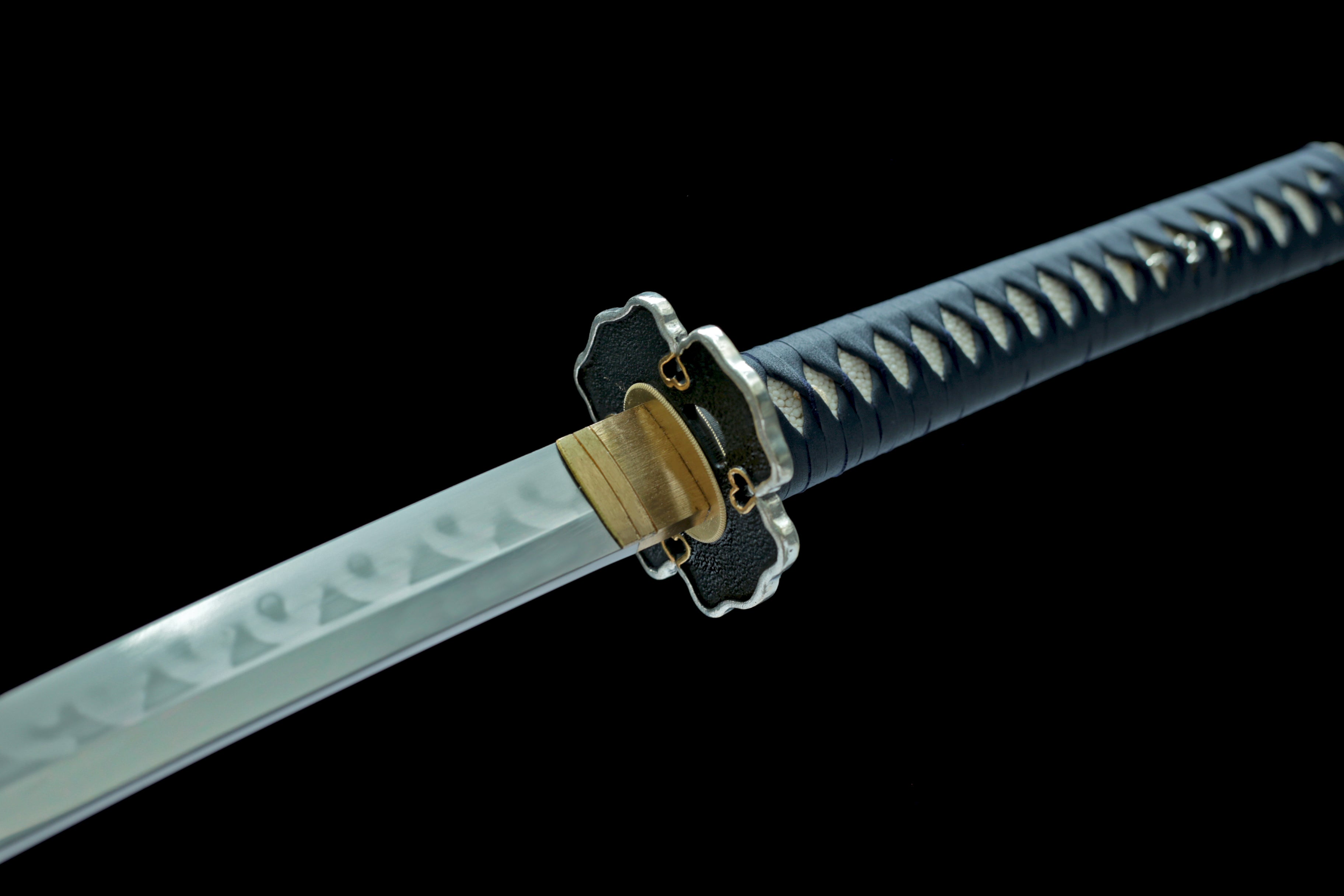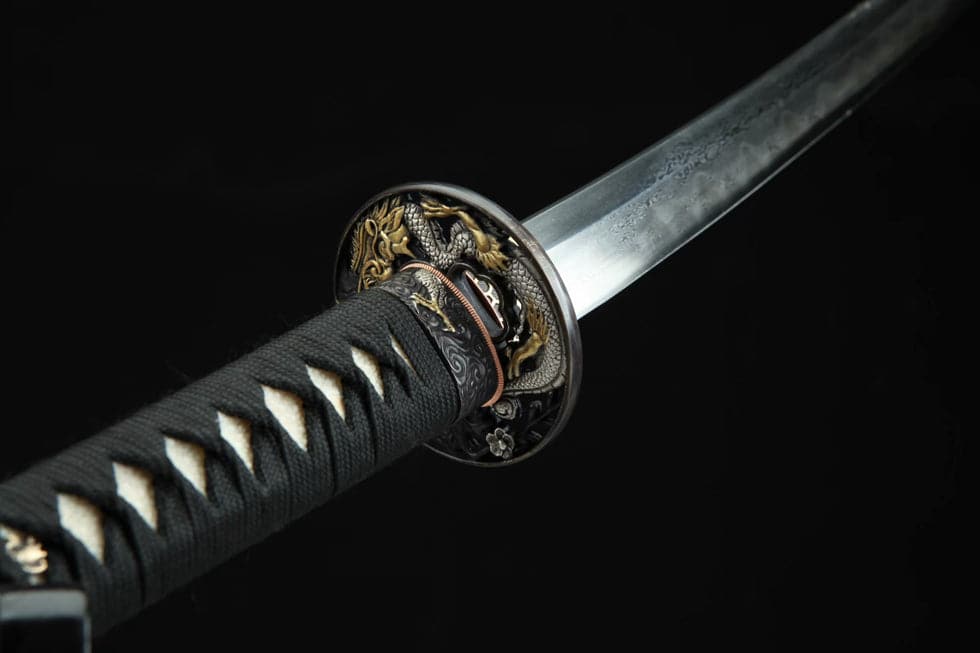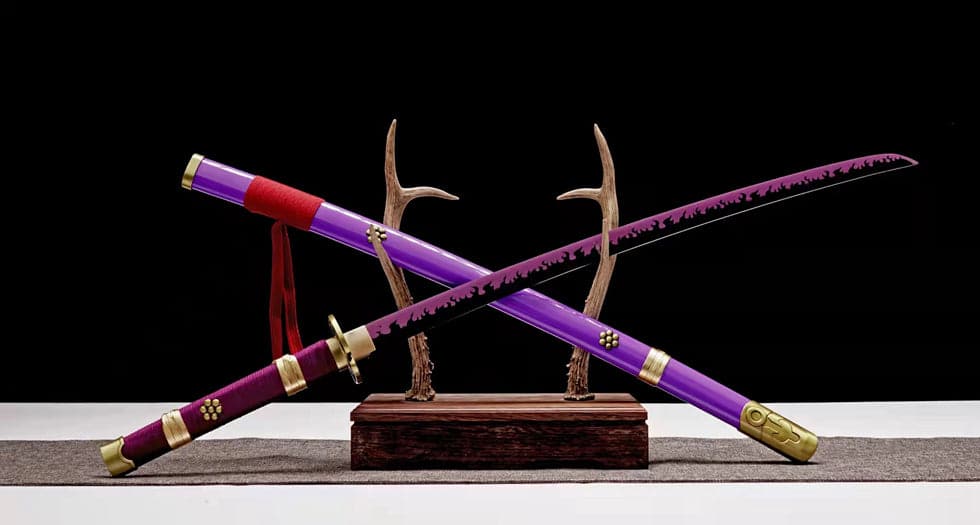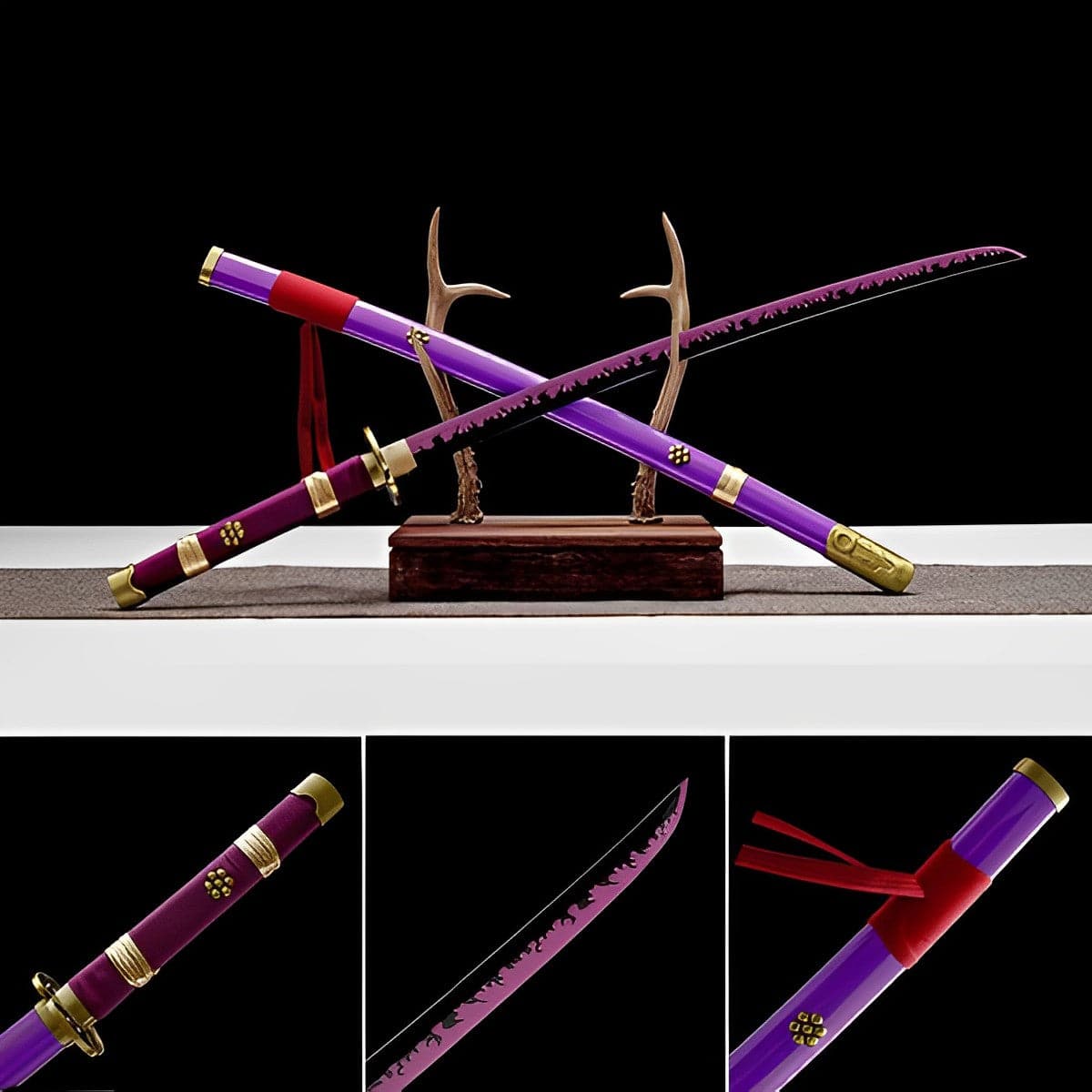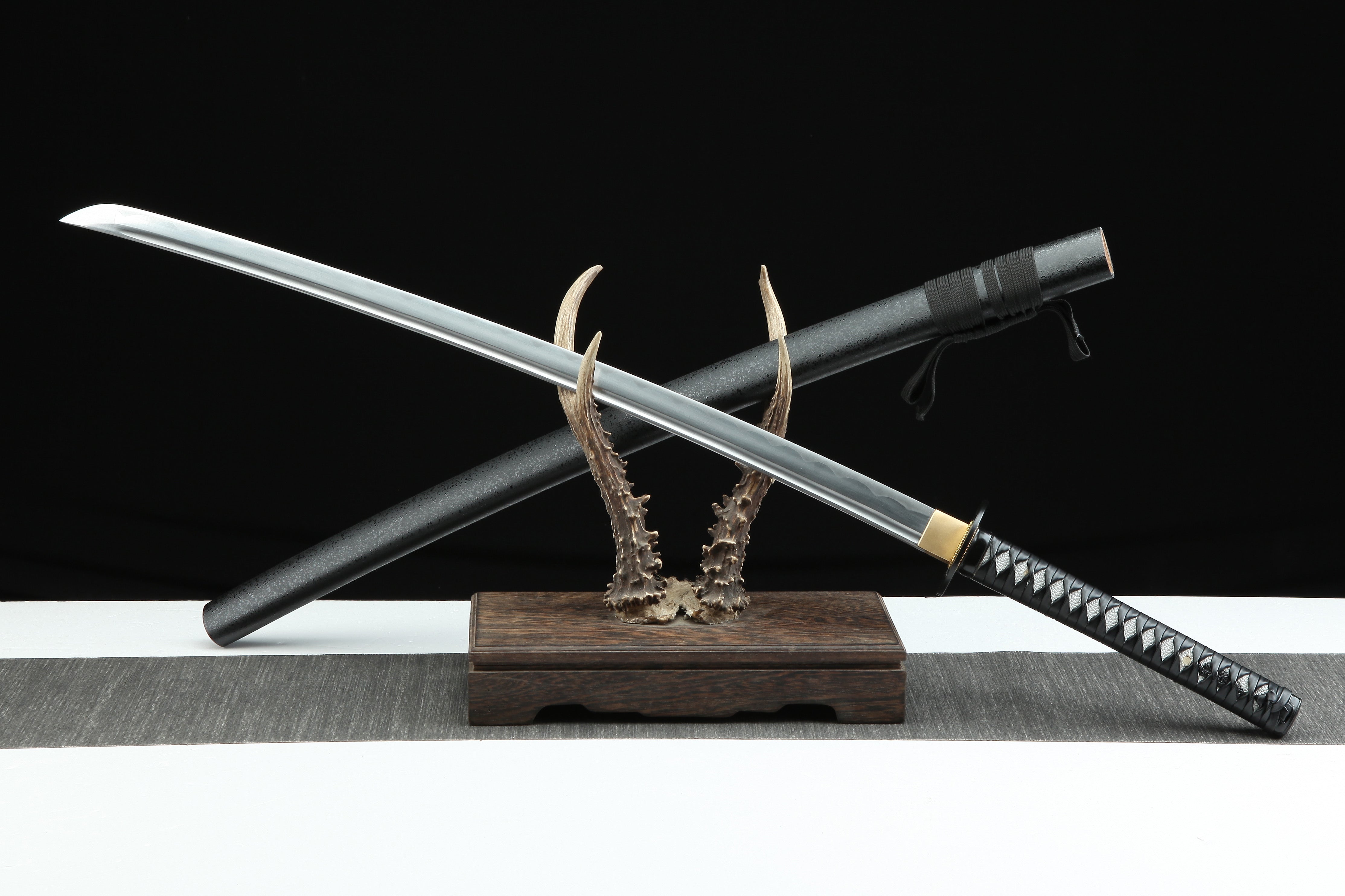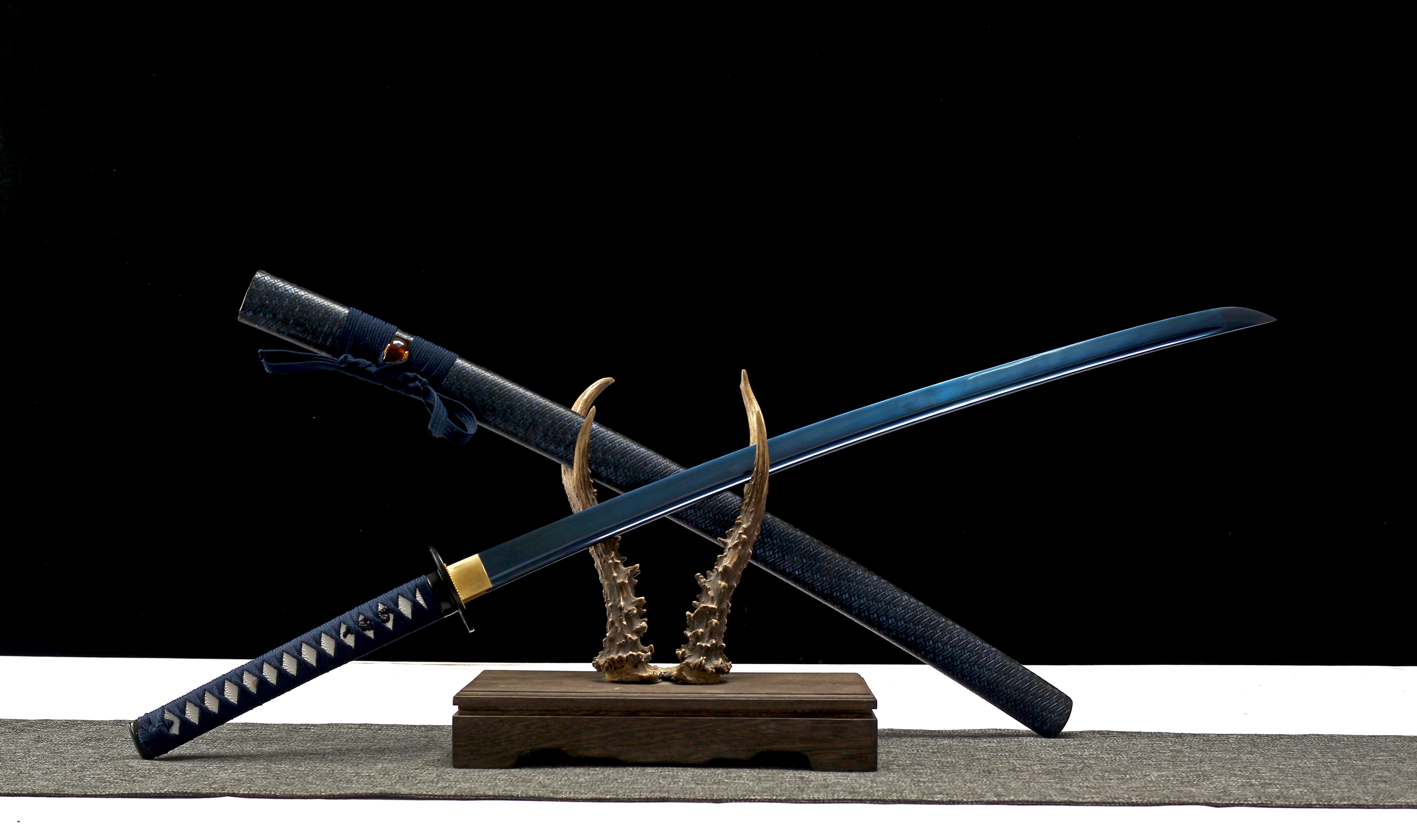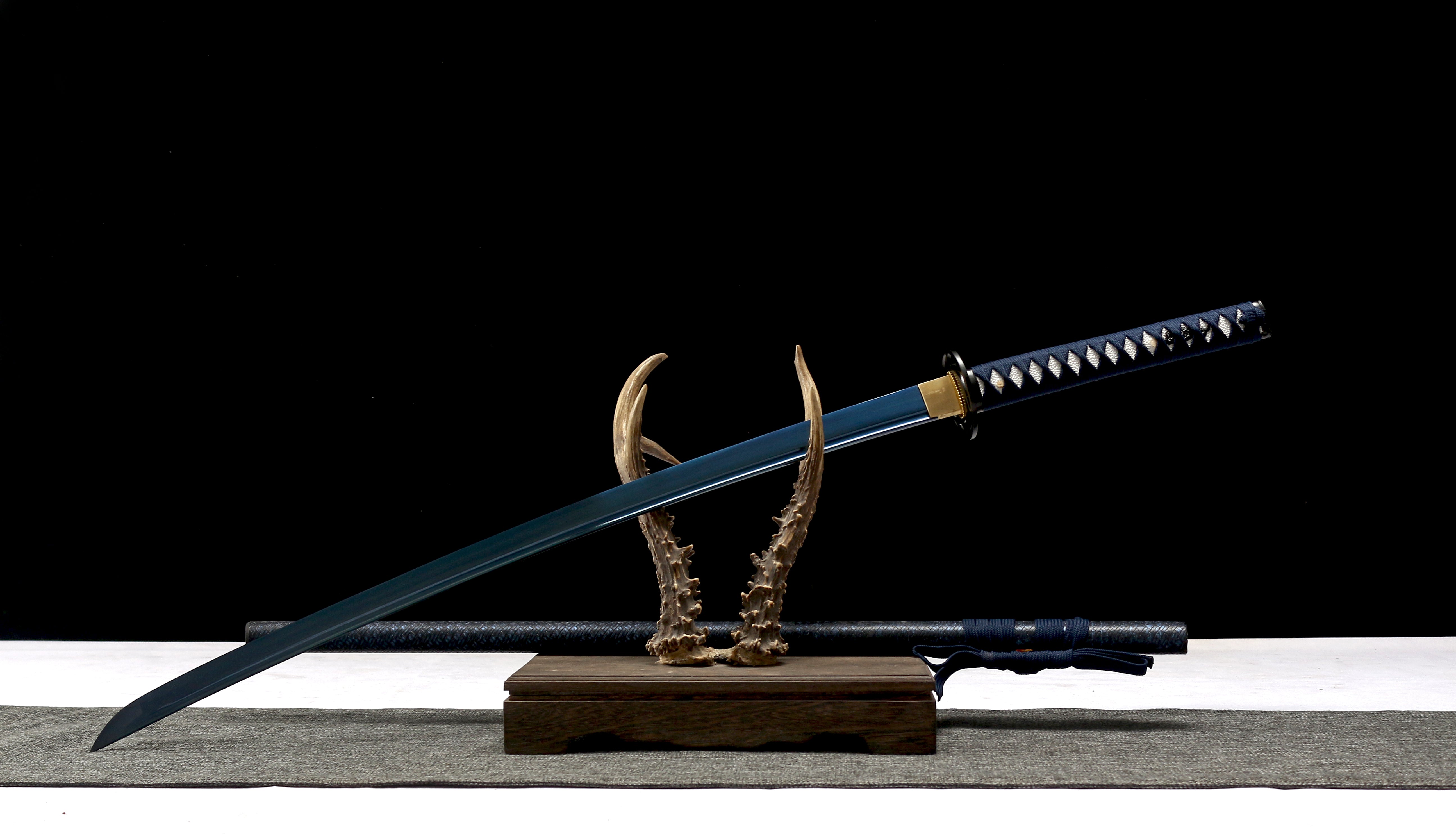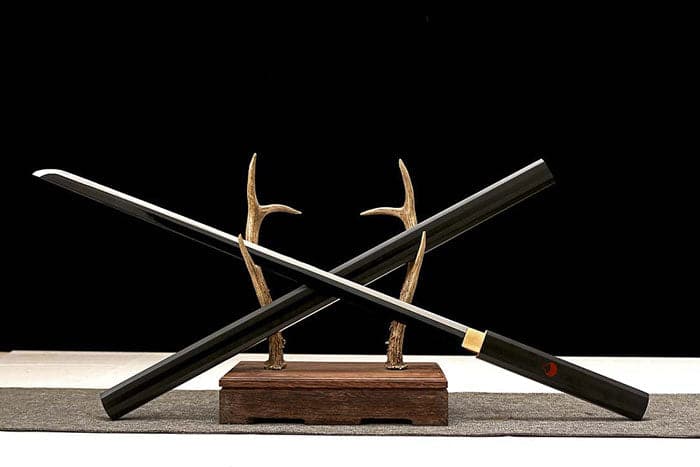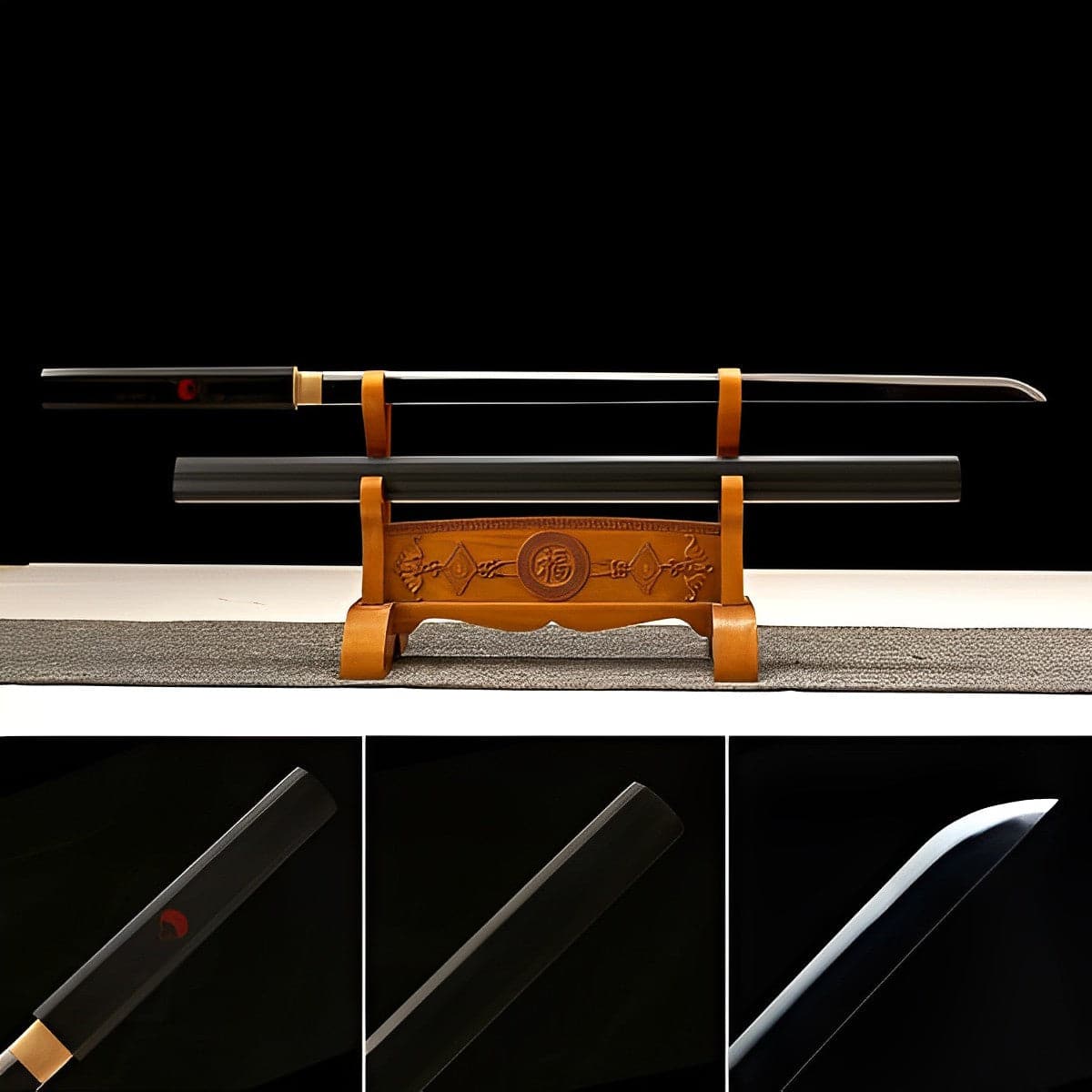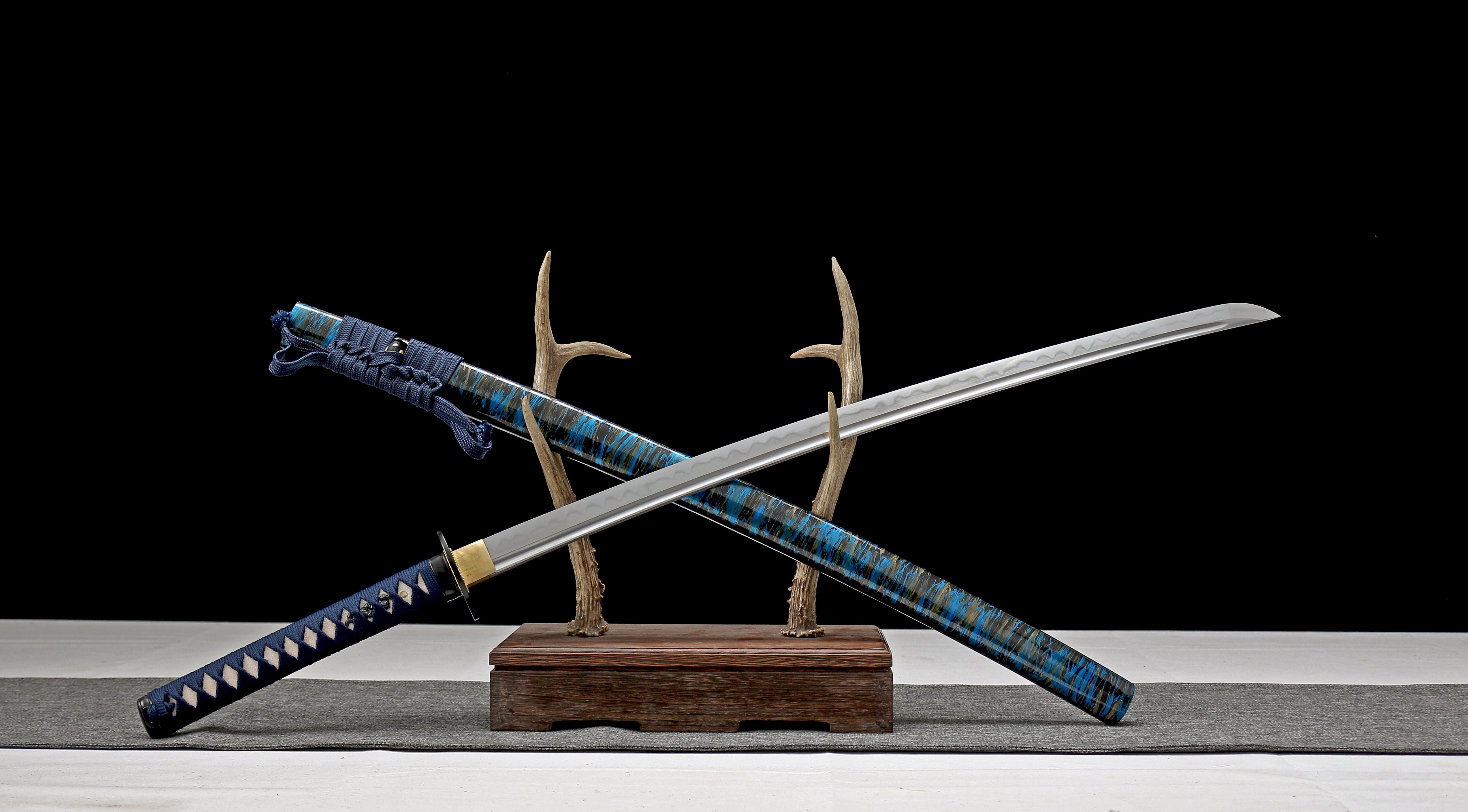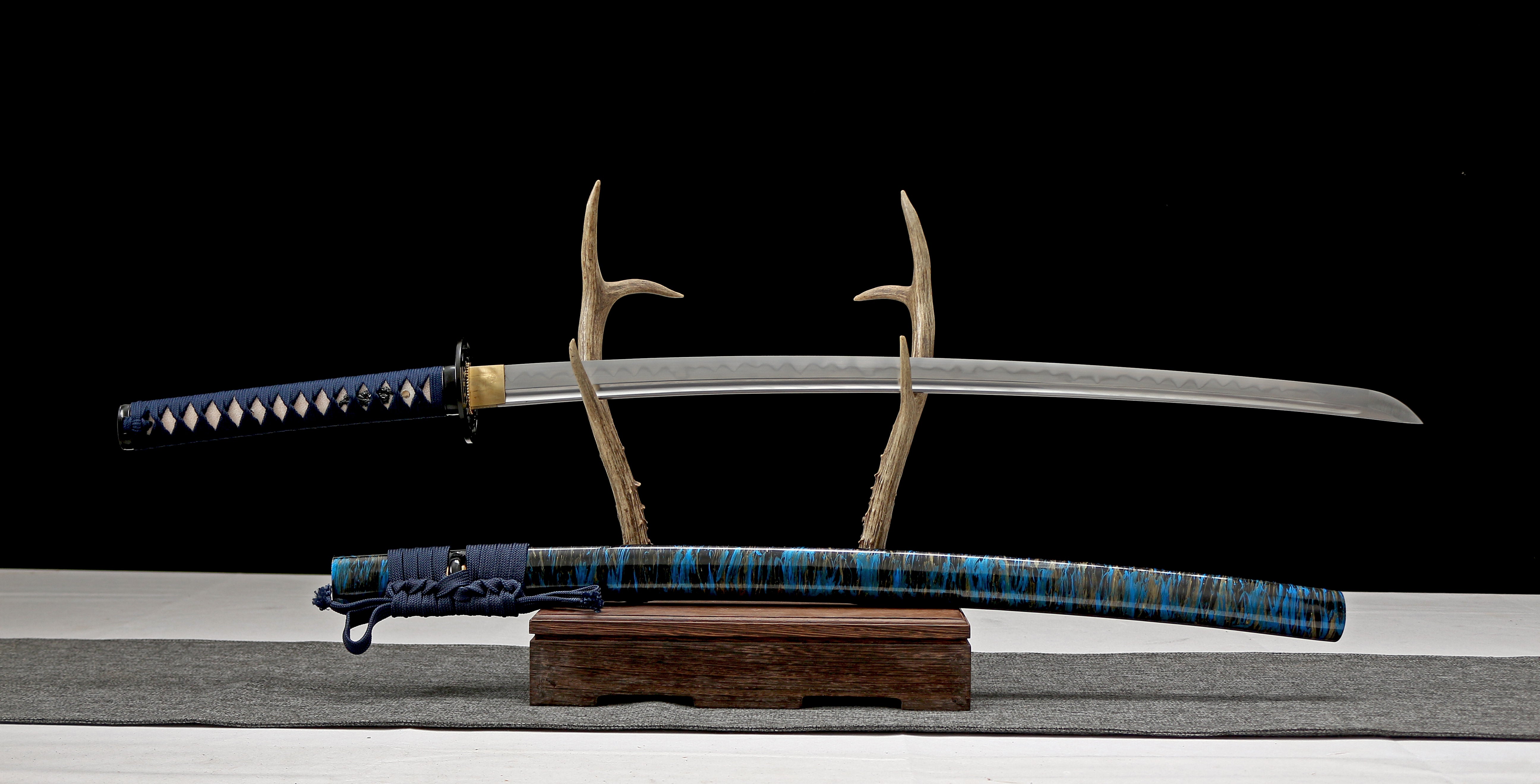
The Katana: Japan's Legendary Sword of Honor and Precision
Introduction: The Soul of the Samurai
The katana (刀), Japan's iconic curved sword, is more than just a weapon—it is a masterpiece of metallurgy, a symbol of bushido (the warrior's code), and a cultural treasure that has fascinated the world for centuries. Forged with sacred precision and wielded by samurai for over a thousand years, the katana represents the perfect balance of beauty, lethality, and spiritual discipline.
At LOONG BLADE, we craft katanas that honor this legacy, blending traditional techniques with modern excellence for collectors, martial artists, and enthusiasts alike.
Chapter 1: The Katana Defined – What Makes It Unique?
1. The Curved, Single-Edged Design
Unlike European straight swords, the katana features a gentle curvature (sori) and a razor-sharp single edge, optimized for swift, powerful cuts. This design allowed samurai to draw and strike in one fluid motion—a technique called iaijutsu.
2. Differential Hardening – The Secret of the Hamon
The katana's most mesmerizing feature is its hamon (刃文), the wavy temper line along the blade. Created through clay tempering, this visual effect marks where the harder edge meets the softer spine, giving the sword both unbreakable resilience and a razor-sharp cutting edge.
3. The Folded Steel Construction
Traditional katanas were forged from tamahagane steel, folded repeatedly to remove impurities and create a grain pattern (hada) resembling woodgrain. This labor-intensive process ensured strength, flexibility, and a unique aesthetic.
Chapter 2: The Katana’s Historical Legacy
The Sword That Shaped Japan
- Heian Period (794–1185) – Early tachi (predecessor to the katana) emerged.
- Kamakura Period (1185–1333) – The katana evolved as samurai warfare intensified.
- Edo Period (1603–1868) – Swords became status symbols and works of art under peace.
The Katana in Modern Times
- Meiji Restoration (1868) – Samurai lost their status, but the katana endured as cultural heritage.
- Today – Katanas are revered in martial arts (iaido, kendo), cinema, and craftsmanship.
Chapter 3: How a True Katana Is Made
1. Forging the Steel
- Smelting tamahagane – Traditional Japanese steel made from iron sand.
- Folding & Hammering – Up to 16 times to refine the steel’s grain.
2. Clay Tempering (Yakiba)
- Clay is applied unevenly before quenching, creating the hamon.
- The blade bends naturally during cooling, forming the sori (curve).
3. Polishing & Assembly
- A togishi (polisher) spends weeks refining the blade with water stones.
- The sword is fitted with a tsuka (hilt), tsuba (guard), and saya (scabbard)—each a work of art.
Chapter 4: The Katana in Martial Arts & Pop Culture
1. Martial Arts Mastery
- Iaido – The art of drawing and cutting in one motion.
- Kendo – Modern sport fencing with bamboo swords (shinai).
- Tameshigiri – Test-cutting practice on tatami mats.
2. The Katana in Movies & Media
From Kurosawa’s samurai films to Kill Bill’s Bride’s sword, the katana remains a symbol of skill, honor, and deadly precision.
Chapter 5: Owning a Katana – What to Look For
Authentic vs. Decorative Katanas
| Feature | Authentic Katana | Decorative Katana |
|---|---|---|
| Steel | Folded high-carbon (T10, 1095) | Stainless steel (not battle-ready) |
| Hamon | Real (clay-tempered) | Etched or fake |
| Tang | Full tang (nakago) | Partial or rat-tail |
| Balance | Optimized for cutting | Often too heavy or unbalanced |
LOONG BLADE’s Commitment to Quality
- Hand-forged using traditional methods.
- Battle-ready sharpness and durability.
- Customization options – choose your hamon, fittings, and more.
Conclusion: The Eternal Blade
The katana is not just a sword—it is a testament to human craftsmanship, discipline, and artistry. Whether you're a martial artist, collector, or admirer of Japanese culture, a true katana connects you to a legacy of warriors, smiths, and philosophers.


